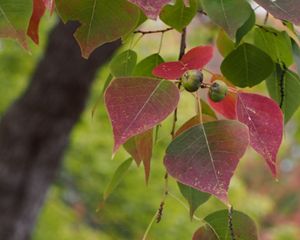Why You Should Visit
In the springtime this glade comes alive with the colors of wildflowers! Our preserve contains the largest intact cedar glade complex known in Alabama, and visitors can see as many as twelve rare plants. This glade of flowers offers the nature lover an inspirational view.
How to Prepare for Your Visit
This preserve is open to the public during daylight hours. Visitors can park at the entrance gate and follow the old roadbed behind the sign into the glade complex. Visitors should be careful to stay on the paths and we ask that you be mindful of fragile plants. Planned events allow visitors to participate in stewardship and educational activities throughout the year. For further information, call 205-251-1155 or email ktassin@tnc.org
Plants
The preserve is home to at least 12 rare plants. The glade is made of flat limestone outcroppings and shallow soils that are interspersed with islands of cedar trees and other hardwoods. The vegetation islands harbor rare species like the federal candidate Harper's umbrella plant, Alabama larkspur, and prairie Indian plantain. Open rocky areas are covered with beautiful yellow and white Alabama glade cress. Other glade flowering plants are the purple topped Nashville breadroot, and Tennessee milk vetch. During the springtime, watery seeps sustain glade quillwort and yellow sunnybells. Lyrate bladderpod, a small annual mustard, grows in the slightly deeper soils on the edges of the glades. This plant only grows in Alabama and it is federally listed as threatened.


